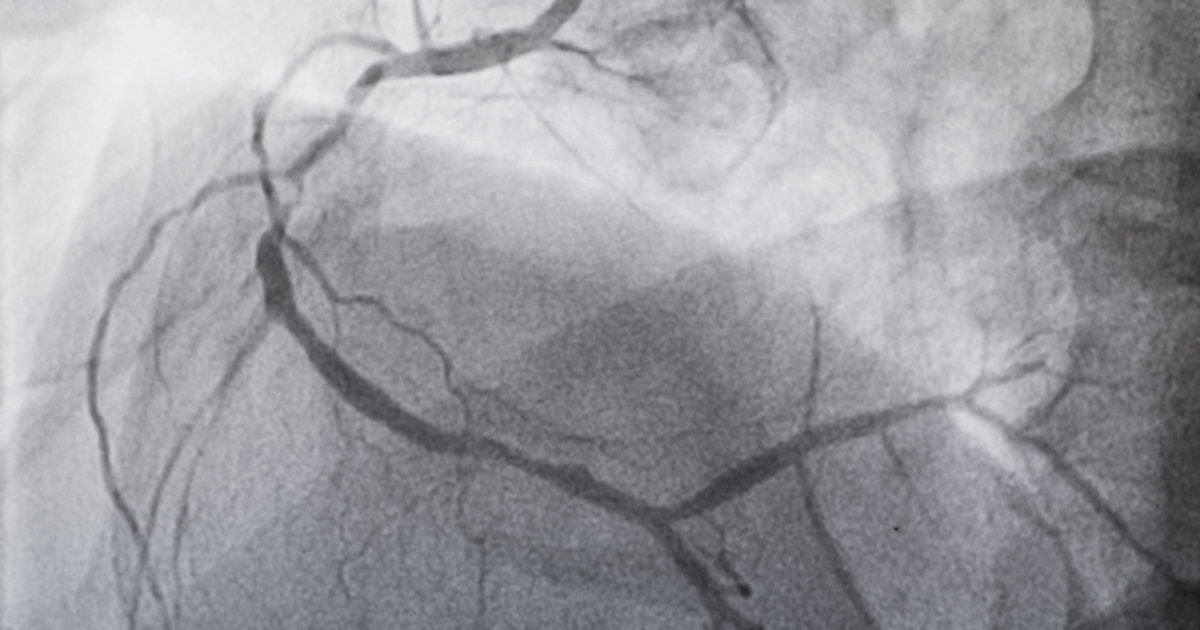Symptoms, imaging abnormalities differ in patients with TAK, GCA

Among patients with Takayasu’s and giant cell arteritis, certain symptoms, such as carotidynia, are more closely associated with vascular inflammation based on 18F-fluorodeoxyglucose positron emission tomography, or FDG-PET, while claudication and other symptoms are more linked to vascular damaged based on magnetic resonance angiography, according to data published in the Annals of the Rheumatic Diseases.
“Large-vessel vasculitis is a complex disease,” Peter C. Grayson, MD, MSc, of the NIH National Institutes of Arthritis and Musculoskeletal and Skin Diseases (NIAMS), told Healio Rheumatology. “It can be challenging for doctors to determine whether vascular inflammation is present based on a history and physical examination alone.”
“Patients with [large-vessel vasculitis] can have silent inflammation in the arteries that can be detected by vascular imaging, specifically FDG-PET,” he added. “This study was unique in that we were able to assess whether specific symptoms commonly reported by patients with [large-vessel vasculitis] were linked to vascular inflammation by FDG-PET or vascular damage by angiography.”
To compare head, neck and upper-extremity symptoms among patients with Takayasu’s arteritis (TAK) and GCA, and their association with vascular inflammation as determined by FDG-PET, or arterial damage assessed by magnetic resonance angiography (MRA), Grayson and colleagues studied data from an ongoing prospective, observational NIH cohort. The researchers included patient visits form September 2014 through September 2018. The researchers recruited 110 participants, including 56 with TAK and 54 with GCA, representing 270 visits.

Participants completed blinded clinical and imaging assessments within 24 hours. The researchers defined vascular inflammation as arterial FDG-PET uptake greater than liver by visual assessment. Arterial damage was defined as stenosis, occlusion or aneurysm by MRA. Grayson and colleagues then compared clinically reported symptoms with corresponding imaging data, using generalized mixed-model regression. In addition, the researchers, using ordinal regression, analyzed cranial symptoms in association with arterial disease burden in the neck.
According to the researchers, carotidynia was reported only in patients with TAK, at a rate of 21%, and was associated with vascular inflammation (P < .01), but not damage (P = .33), in the corresponding carotid artery. Posterior headache was reported in 16% of patients with TAK and 20% of those with GCA. However, it was associated only with corresponding vertebral artery inflammation and damage in GCA (P < .01).
In addition, arm claudication was associated with subclavian artery damage (P < .01) and inflammation (P = .04) in TAK, as well as with damage in GCA (P < .01). Participants who experienced an increased burden related to damaged neck arteries were more likely to demonstrate positional lightheadedness (P < .01) or a major central nervous system event (P = .01).
“We found that presence of specific symptoms indicated that vascular pathology in the corresponding artery was likely,” Grayson said. “However, absence of symptoms did not rule out vascular pathology by corresponding imaging. This means that patients can have inflammation in an artery detected by FDG-PET or damage detected by angiography and not necessarily have corresponding clinical symptoms. We believe these findings provide additional data in an accumulating body of evidence supporting the use of multi-modal vascular imaging in the ongoing clinical assessment of patients with [large-vessel vasculitis].” – by Jason Laday
Disclosure: The researchers report funding support from NIAMS.

